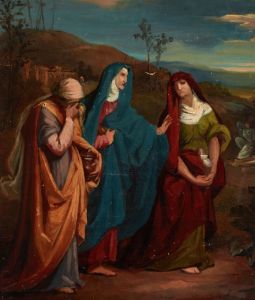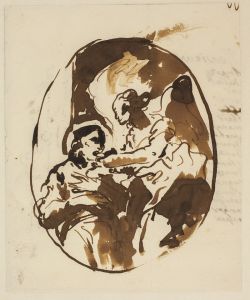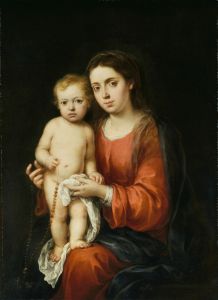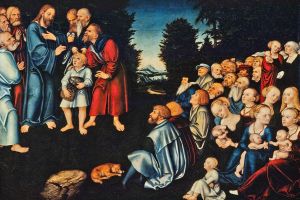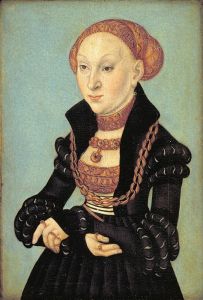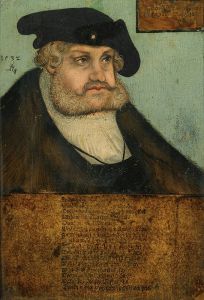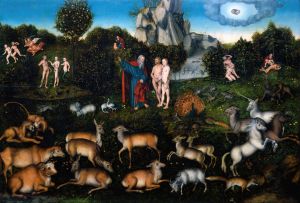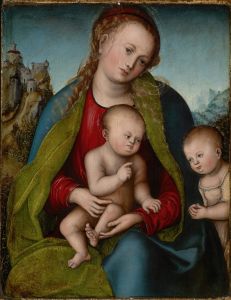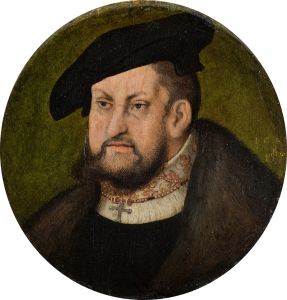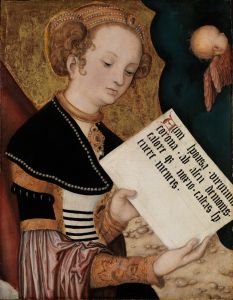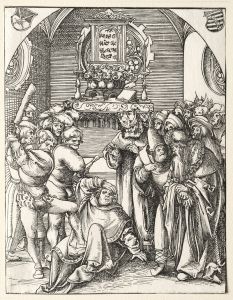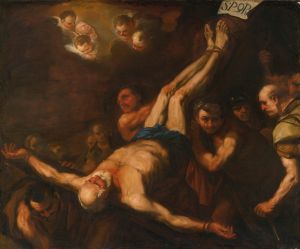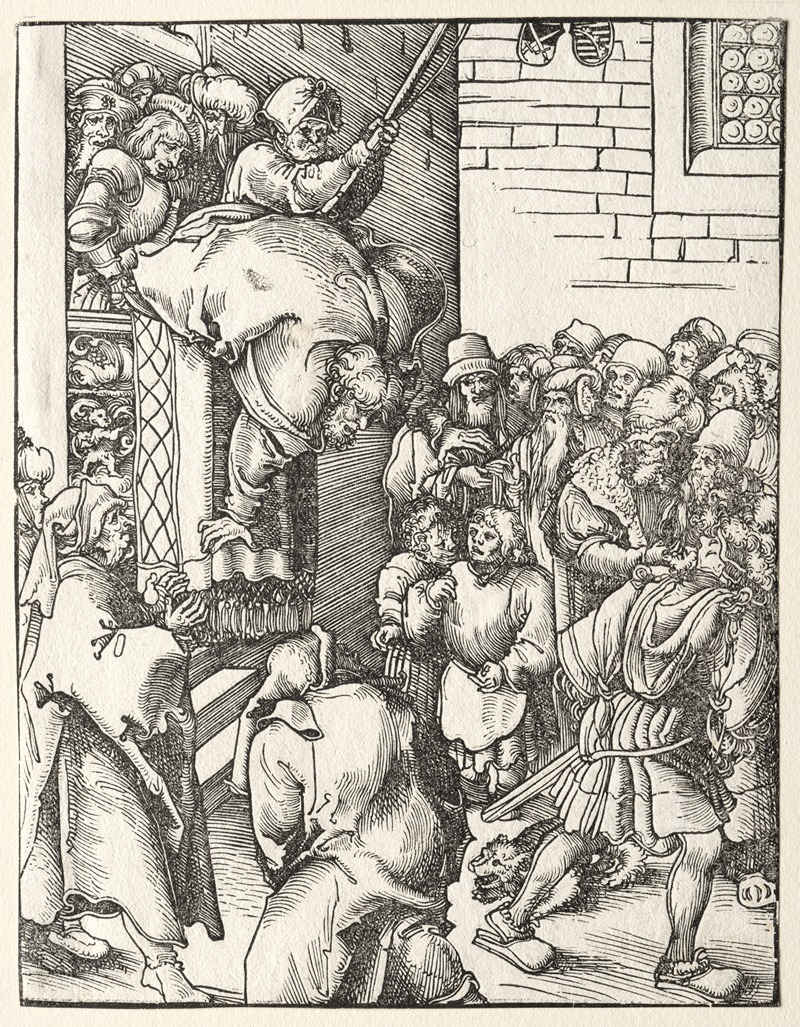
Martyrdom of St. James the Less
A hand-painted replica of Lucas Cranach the Elder’s masterpiece Martyrdom of St. James the Less, meticulously crafted by professional artists to capture the true essence of the original. Each piece is created with museum-quality canvas and rare mineral pigments, carefully painted by experienced artists with delicate brushstrokes and rich, layered colors to perfectly recreate the texture of the original artwork. Unlike machine-printed reproductions, this hand-painted version brings the painting to life, infused with the artist’s emotions and skill in every stroke. Whether for personal collection or home decoration, it instantly elevates the artistic atmosphere of any space.
Lucas Cranach the Elder, a prominent German Renaissance painter, is known for his significant contributions to the art world during the 16th century. Among his many works, "Martyrdom of St. James the Less" stands out as an exemplary piece that reflects his mastery in religious and historical themes. However, it is important to note that there is limited specific information available about this particular painting, and it is not one of Cranach's most extensively documented works.
Lucas Cranach the Elder was born in 1472 in Kronach, Germany. He became a leading figure in the Northern Renaissance, known for his portraits, religious scenes, and mythological subjects. Cranach was a court painter to the Electors of Saxony and developed a distinctive style characterized by precise lines, vibrant colors, and a keen attention to detail. His workshop was highly productive, and he was known for his ability to produce numerous works with the help of his assistants.
The subject of "Martyrdom of St. James the Less" is rooted in Christian tradition. St. James the Less, also known as James the Just, was one of the Twelve Apostles of Jesus. According to Christian hagiography, he was a leader of the early Church in Jerusalem and is often identified as the author of the Epistle of James in the New Testament. His martyrdom is traditionally believed to have occurred in Jerusalem, where he was thrown from the pinnacle of the Temple and then beaten to death.
Cranach's depiction of martyrdom scenes typically reflects the intense emotional and spiritual aspects of these events. While specific details about the composition and style of "Martyrdom of St. James the Less" are scarce, it can be inferred that Cranach would have employed his characteristic techniques to convey the drama and sanctity of the moment. His use of vivid colors and detailed figures would serve to highlight the narrative and evoke a sense of reverence and contemplation in the viewer.
Cranach's religious paintings often included symbolic elements that conveyed deeper theological meanings. In his works, he frequently balanced the portrayal of human suffering with the promise of divine salvation, a theme that resonated with the religious climate of the Reformation period in which he lived. As a close associate of Martin Luther, Cranach's art was sometimes used to support Protestant ideas, although he also continued to produce works for Catholic patrons.
Despite the lack of extensive documentation on "Martyrdom of St. James the Less," Cranach's broader body of work provides insight into his artistic approach and thematic interests. His ability to capture the essence of religious narratives with clarity and emotional depth has left a lasting impact on the history of art.
In summary, while specific information about "Martyrdom of St. James the Less" by Lucas Cranach the Elder is limited, understanding his general style and thematic focus allows for an appreciation of how he might have approached this subject. Cranach's legacy as a master of religious art continues to be celebrated, and his works remain significant in the study of Renaissance art.





